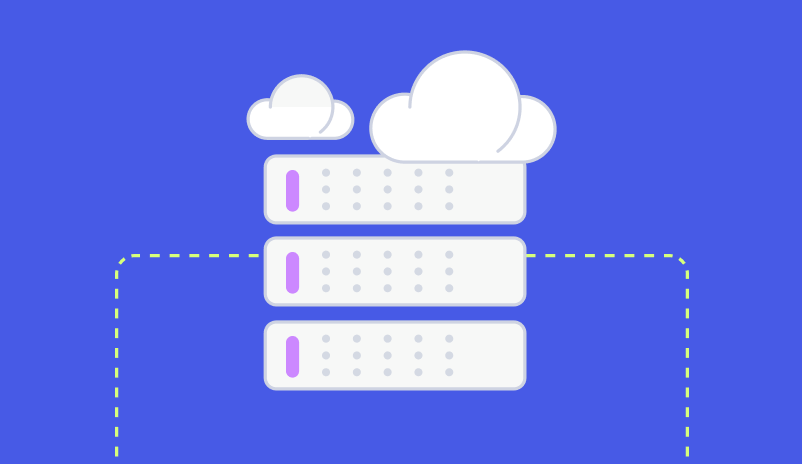Real World Interactivity Part 1: Scratch-N-Sniff
Any marketer worth their weight knows that digital interactivity is the latest craze in driving engagement and conversion rates, but why is interactive content in the digital realm so successful?
In order to examine the efficacy of digital interactivity, we decided to first take a look at its predecessor… real-world interactive campaigns. In this series, we examine real-life examples of interactivity and what makes them work, as well as translating those strategies to the digital world.
In the first installment of this series, we wanted to look at one of the most ubiquitous forms of real-world interactivity – scratch and sniff campaigns.

You don’t have to look far for proof that scents hold a powerful sway over human behavior. Not only is our ability to smell one of our most primal senses, but research shows it’s also closely tied to memory production. If you can get your customer to associate a certain scent with your products, their brand loyalty will grow exponentially.
One of the most famous examples of scent marketing comes from the adolescent clothing brand Abercrombie and Fitch. By pumping their signature perfumes and colognes through the ventilation systems of their physical stores, the create a memory link between their scents and your in-store experience. As a double whammy, the brand also uses their scents on the actual clothing itself, meaning when you leave the store, you take that smell (and memory) with you!

So why do scents create memories? Well, odorants (or things that smell) stimulate receptor cells located within the olfactory bulb of our noses. These receptor cells converge into the olfactory tract. Most of the scents that enter your olfactory tract end up in the piriform cortex of your brain, but some also terminate in two other destinations: the medial amygdala (involved in pairing events with emotion) and the entorhinal cortex (implicated in memory).
To put it in simple terms – When you smell something, the parts of your brain related to emotion and memory are triggered by that scent. That’s why when you think about Grandma’s house you might smell cookies while reminiscing about the dentist’s office brings the smell of rubber gloves and fluoride to your nose.
Not only to scratch and sniffs harness the power of scent to boost brand recognition, but they also add a layer of interactivity that is psychologically proven to help customers invest more. When you ask someone to put forth work to obtain a message, they automatically assign more value to that message than if they had received that information passively. This phenomenon is known as The Ikea Effect, and it explains why you value your cheap Ikea furniture that you built yourself more than your fancy pre-assembled pieces.

The act of requiring your customer to scratch the advertisement in order to release the scent invites their participation, therefore increasing the value of your message.
So now that we’ve established physical scratch and sniffs can help in memory creation and brand recognition, how does that translate to the digital interactive world? Since your smartphone can’t emit scents (yet), how does smell play into digital marketing?
Well first, the Ikea effect remains relevant, even when discussing digital effort that your customer must put forth to access your marketing materials. Interactive experiences like Zembula’s Scratch-it allow you to simulate the act of scratching a customer might perform. Just due to interactivity, the customer will automatically value your message more.
Next, digital interactivity is built upon many of the same principles as real-world interactive advertising. That means there are digital strategies you can use to boot memory production too, no scents required! One of the most effective methods of ensuring your reader remembers your marketing campaign is to utilize the psychological principle of curiosity. It’s proven that when a reader’s curiosity is satiated, the same areas of the brain related to memory production become activated. That means if you can utilize interactivity and Scratch-it technology to pique your reader’s curiosity, they’re more likely to remember whatever information you serve up at the end of your campaign.
We might not be able to make a digital scratch and sniff yet, but you can achieve the same memory-creating results by pairing marketing psychology with interactive digital experiences like those offered by Zembula!
Grow your business and total sales





